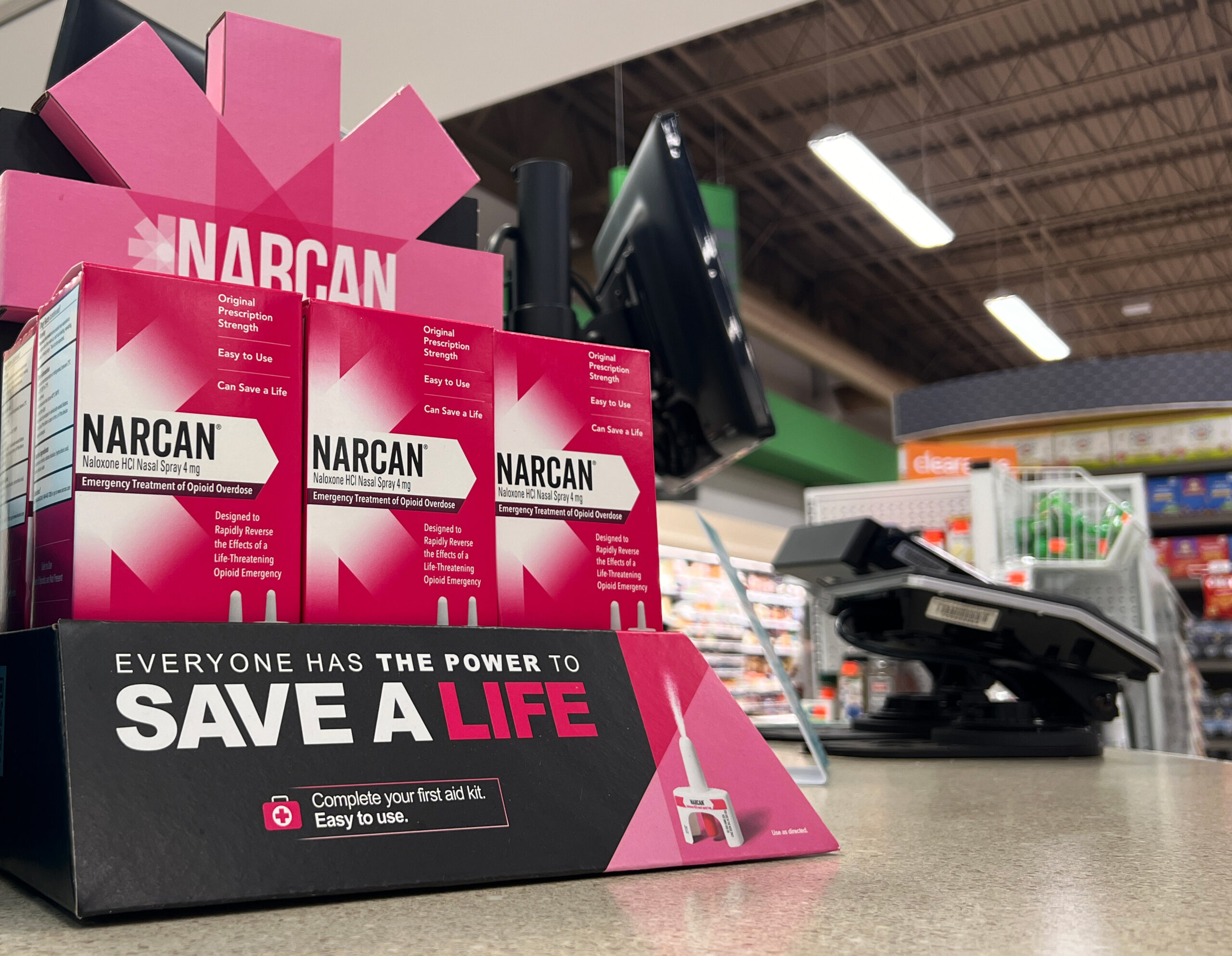When I first got involved with harm reduction efforts, I didn’t realize how much it would shape my perspective on healthcare. As a nursing student, I had the opportunity to participate in a public health initiative that trained college students to administer Narcan, the life-saving medication that reverses opioid overdoses. At the time, I saw it as an important but small step in addressing the opioid crisis. Now, as a nurse, I recognize that harm reduction is much bigger than Narcan—it’s a crucial philosophy that should be at the heart of patient care.
Understanding Harm Reduction
Harm reduction is about meeting people where they are. It acknowledges that risky behaviors exist and seeks to minimize the negative consequences rather than view them as an unfortunate, but unchangeable reality. It’s a pragmatic, compassionate approach that recognizes people as individuals with complex needs. The opioid crisis, for example, isn’t just about addiction—it’s about mental health, socioeconomic status, trauma, and access to care. Harm reduction strategies like needle exchange programs, safe consumption sites, and Narcan distribution don’t encourage drug use; they save lives and create opportunities for people to seek help.
When I first started teaching Narcan administration, I was struck by how many people had heard of it, but didn’t think it was worth learning to use. Attending a school that was known for its parties just as much as its academics, I felt it was very important to help the student body be prepared for an overdose emergency. Many were surprised to learn that opioid overdoses could be reversed so easily, and some were hesitant about whether they would feel comfortable administering it. That hesitation usually stemmed from fear—fear of doing it wrong, fear of legal consequences, or fear that it wasn’t “their place” to intervene. But by the end of each training session, nearly everyone felt empowered to act if they ever encountered an overdose. That was one of the biggest lessons I took away from harm reduction efforts: education can completely shift perspectives.
Harm Reduction in Nursing Practice
Now that I work as a nurse, I see harm reduction in action every day, whether it’s through patient education, advocacy, or direct care. One of the most common examples is safe medication management. Many patients with opioid prescriptions worry about dependence, and some may already struggle with substance use. Instead of simply instructing them to “take as prescribed,” harm reduction means having honest conversations about the risks, offering strategies for safe use, and making sure they know about Narcan as a backup measure. I always encourage them to speak to the prescribing provider about their concerns, so that they can design a safe plan for pain management upon discharge.
In the hospital, I’ve also seen harm reduction play a role in infection prevention. Some patients who inject drugs are at high risk for infections like endocarditis, abscesses, or HIV. Rather than lecturing them about quitting, harm reduction means giving them the tools to protect themselves— that might be providing information on syringe exchange sites, educating them on wound care, or connecting them with social services. It’s about recognizing that while abstinence might be the ideal goal for some, many need immediate support to stay as healthy as possible in the meantime.
Breaking Stigma in Healthcare
One of the biggest barriers to harm reduction is stigma, and unfortunately, that stigma exists even in healthcare settings. I’ve seen patients hesitate to disclose substance use for fear of judgment. I’ve seen people turned away from care because they were perceived as “difficult” or “non-compliant.” These attitudes push patients further into isolation and make it harder for them to find help when they need it most.
As a nurse, I approach every patient without judgment. If someone struggling with addiction comes into the hospital, I remind myself that they are more than their condition. They deserve respect, dignity, and care just like anyone else. Sometimes, harm reduction is as simple as listening—allowing a patient to tell their story without interruption, assumption, or shame. Other times, it means being their advocate—challenging biased attitudes among colleagues, pushing for policies that support rather than punish, and ensuring that every patient has access to life-saving resources.
The Importance of Continued Advocacy
Harm reduction isn’t just a healthcare approach; it’s a social justice issue. Policies and laws surrounding substance use often dictate what kind of care people receive, and in many cases, they do more harm than good. Criminalizing addiction, for example, doesn’t stop people from using drugs—it just makes it harder for them to get help, and a felony conviction may prevent them from finding jobs after release from the criminal justice system. Restricting access to harm reduction programs doesn’t prevent overdoses—it increases them.
As someone who has been involved in harm reduction efforts both in and outside of nursing, I believe advocacy is essential. That can mean supporting policies that expand access to Narcan, pushing for better mental health services, or simply educating those around me about harm reduction principles. The more people understand the value of harm reduction, the more we can shift the conversation from punishment to support, from stigma to compassion, and from crisis to meaningful change.
I’m grateful for the time I spent training others on Narcan administration. It opened my eyes to the power of education and the importance of meeting people where they are. Now, as a nurse, I carry those lessons with me in every patient interaction. Harm reduction isn’t about enabling bad choices—it’s about empowering people to make safer ones. It’s about recognizing that healthcare should be accessible, nonjudgmental, and rooted in compassion. And at the end of the day, it’s about saving lives—one person at a time.
